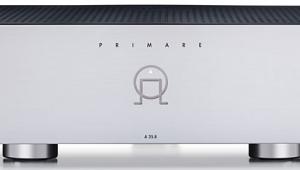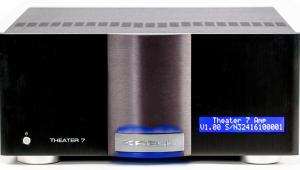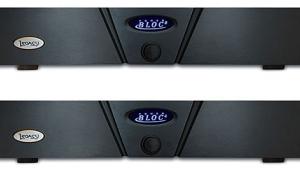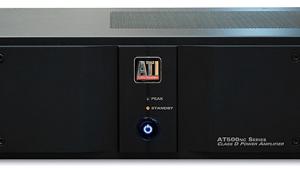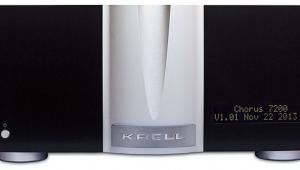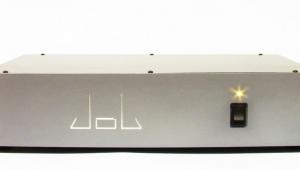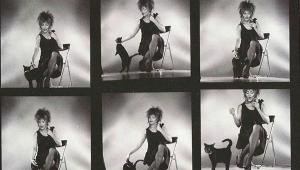ATI AT527NC and AT524NC Amplifiers Review Test Bench
ATI AT527NC Amplifier
Two channels driven continuously into 8-ohm loads:
0.1% distortion at 256.1 watts
1% distortion at 290.5 watts
Five channels driven continuously into 8-ohm loads:
0.1% distortion at 213.7 watts
1% distortion at 250.6 watts
Seven channels driven continuously into 8-ohm loads:
0.1% distortion at 197.7 watts
1% distortion at 239.3 watts
Frequency response RCA input:
–0.13 dB at 10 Hz
–0.03 dB at 20 Hz
–0.40 dB at 20 kHz
–4.53 dB at 50 kHz
Frequency response XLR input:
–0.12 dB at 10 Hz
–0.02 dB at 20 Hz
–0.49 dB at 20 kHz
–4.72 dB at 50 kHz.
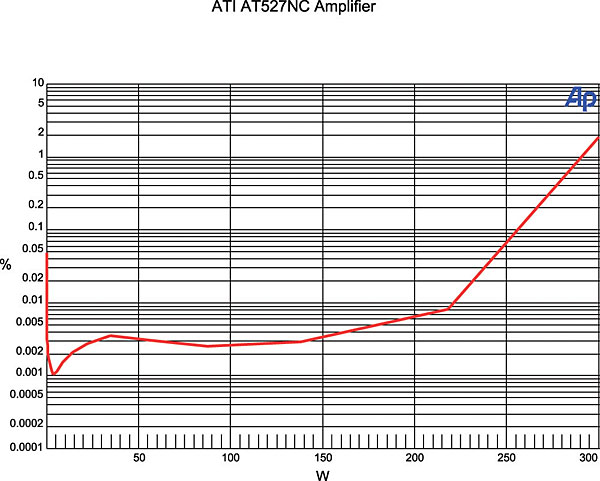
This graph shows that the AT527NC’s left amplifier channel, with two channels driving 8-ohm loads, reaches 0.1% distortion at 256.1 watts and 1% distortion at 290.5 watts. Into 4 ohms, the amplifier reaches 0.1% distortion at 377.2 watts and 1% distortion at 475.5 watts. An input level of 107.3 millivolts was required to produce an output of 2.83 volts into an 8-ohm load, indicating an overall gain of +28.45 decibels using the RCA input. When using the XLR input, a level of 107.2 millivolts was required to produce an output of 2.83 volts into an 8-ohm load, indicating an overall gain of +28.44 decibels.
THD+N from the amplifier was less than 0.002% at 1 kHz when driving 2.83 volts into an 8-ohm load using the RCA input. When using the XLR input under the same conditions, THD+N was less than 0.001%. Crosstalk at 1 kHz driving 2.83 volts into an 8-ohm load was –116.09 dB channel 1 to channel 7 and –114.57 dB channel 7 to channel 1 using the RCA inputs and –115.67 dB channel 1-to-channel 7 and –115.92 dB channel 7-to-channel 1 using the XLR inputs. The signal-to-noise ratio with an 8-ohm load from 10 Hz to 24 kHz with “A” weighting was –115.17 dBrA using the RCA input and –118.06 using the XLR input.—MJP

